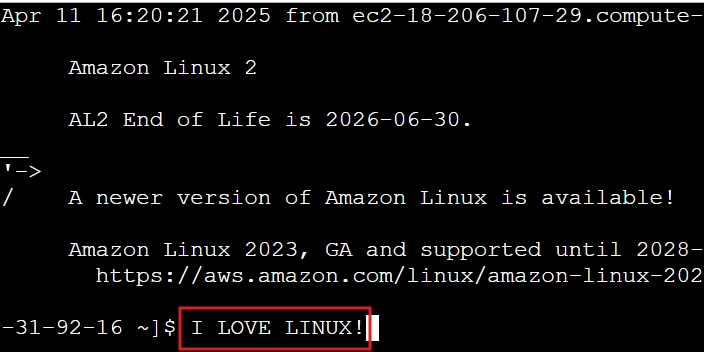Dev
1M
59

Image Credit: Dev
Managing EC2 Instances with the AWS CLI
- Managing EC2 instances with the AWS CLI offers efficiency, automation, scalability, and flexibility compared to the Management Console for cloud infrastructure management.
- Setting up AWS CLI on Amazon Linux involves installing and configuring AWS credentials like Access Key ID, Secret Access Key, region, and output format.
- Launching an EC2 instance via AWS CLI involves using commands like 'aws ec2 run-instances' with details like image id, instance type, key pair, security group id, and subnet id.
- Listing all EC2 instances can be done using the 'aws ec2 describe-instances' command to check statuses and essential details like Instance ID and tags.
- Terminating instances with 'aws ec2 terminate-instances' saves costs by deleting unneeded instances, contributing to cost optimization in AWS environments.
- Using the AWS CLI over the Console offers benefits like faster provisioning, automation, cost optimization, and consistency, making it preferred for DevOps engineers managing instances.
- By leveraging scripts and commands like run-instances and terminate-instances, DevOps engineers can streamline tasks, automate deployments, and ensure efficient infrastructure management.
- Managing EC2 instances with the AWS CLI is crucial for DevOps engineers as it simplifies repetitive tasks, enables automation, and enhances infrastructure management capabilities.
- AWS CLI empowers cloud professionals to handle tasks effectively, reduce errors, and optimize costs, making it a valuable tool for AWS infrastructure management.
- Experience the power of the AWS CLI in managing EC2 instances to enhance your cloud workflow, automation strategies, and cost-saving initiatives.
Read Full Article
3 Likes
For uninterrupted reading, download the app